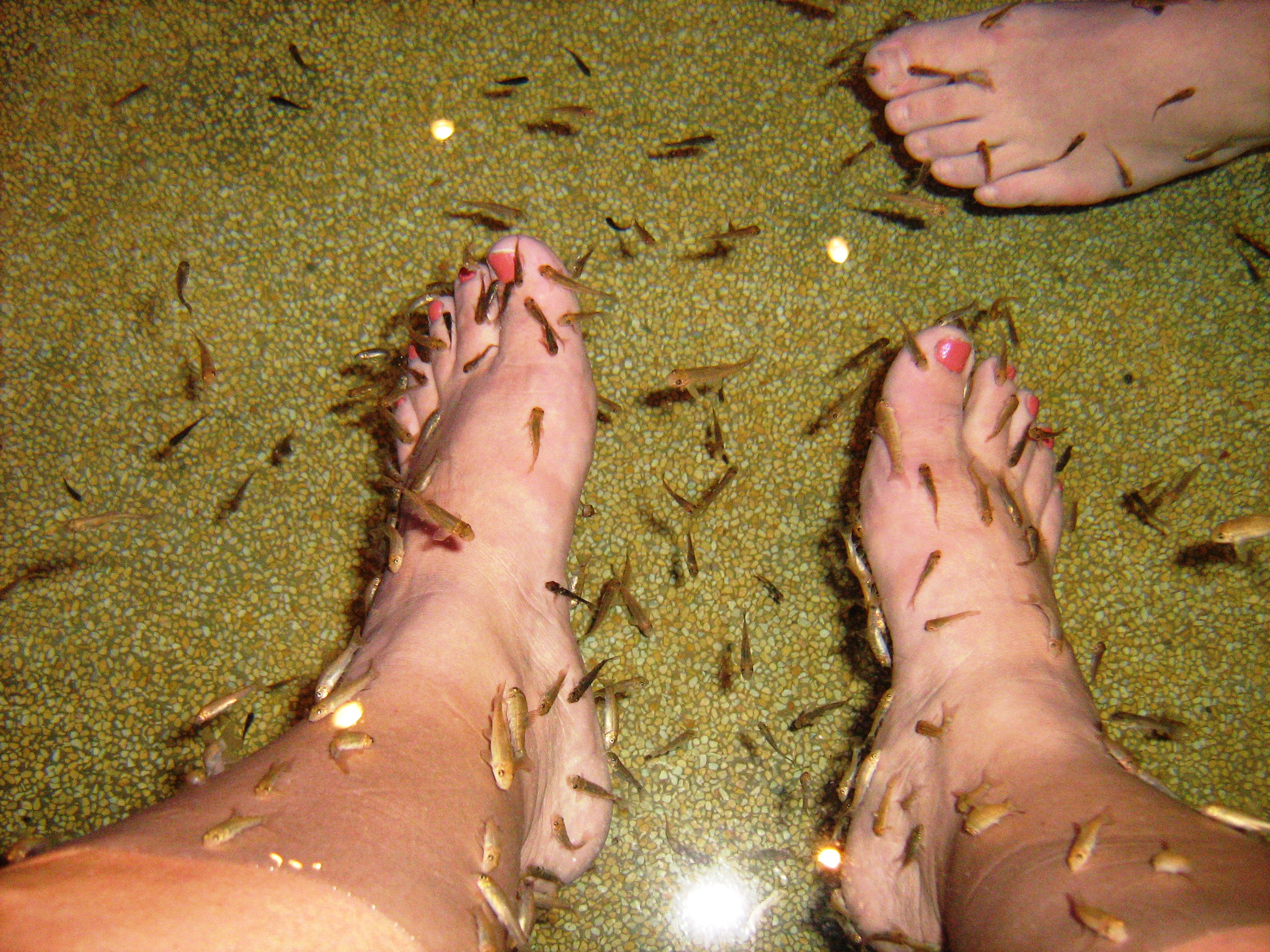
Hammertoes occur when the smaller toes of the foot become bent and prominent. The four smaller toes of the foot are much like the fingers in the hand. Each has three bones (phalanges) which have joints between them (interphalangeal joints). Normally, these bones and joints are straight. A hammertoe occurs when the toes become bent at the first interphalangeal joint, making the toe prominent. This can affect any number of the lesser toes. In some cases, a bursa (rather like a deep blister) is formed over the joint and this can become inflamed (bursitis). With time, hard skin (callous) or corns (condensed areas of callous) can form over the joints or at the tip of the toe.
What causes hammertoes?
There are many different causes but commonly it is due to shoes or the way in which the foot works (functions) during walking. If the foot is too mobile and/or the tendons that control toe movement are over active, this causes increased pull on the toes which may result in deformity.
In some instances trauma (either direct injury or overuse from walking or sport) can predispose to hammertoes.
Patients who have other conditions such as diabetes, rheumatoid arthritis and neuromuscular conditions are more likely to develop hammertoes.
What are common symptoms?
- Deformity/Prominence of toe
- Pain
- Redness around the joints
- Swelling around the joints
- Corn/Callous
- Difficulty in shoes with deformity of the shoe upper
- Difficulty in walking
- Stiffness of the joints of the toe
What can be done to reduce symptoms?
There are several things one can do to try and relieve symptoms:
- Wear proper fitting shoes with a deep toe box
- Avoid high heels
- Use a toe prop to straighten the toe if it is still mobile
- Wear a protective pad over the toe
- See a podiatrist
How can a podiatrist help?
A podiatrist can offer other options, if simple measures do not reduce symptoms. These include:
- Advise on appropriate shoes
- Advise on exercises if the toes are still mobile
- Instruction on how to properly strap the toe in a corrected position
- Providing of a splint or protection
- Advise on surgery
- Prescribing of custom orthotics
- The way in which your foot loads during walking can place increased stress on the ball of the foot and cause increased toe activity. Orthotics can help to control foot movement.
- These are unlikely to resolve established deformity, however can help reduce discomfort to the ball of the foot.
How can I cure the deformity?
The only effective way of correcting the deformity is to have surgery.
What does surgery for this deformity entail?
There are a number of different surgeries. However, the most common procedures are:
- Tendon transfer
- Tendon transfers involve taking the tendon from under the toe and re-routing it to the top of the toe so that the toe is pulled down.
- Digital arthroplasty
- Digital arthrodesis
Digital arthroplasty and arthrodesis involve the removal of bone from the bent joint to allow correction. An arthroplasty removes half the joint and leaves some mobility whilst an arthrodesis removes the whole joint leaving the toe rigid.
In more severe cases, the tendon on the top of the toe and the joint at the ball of the foot may need to be released to allow the toe to straighten. If there is severe stiffness at this joint, the metatarsal may need to be shortened using a Weil osteotomy.
If you are suffering from hammertoes and would like more information please visit our website for more information, http://www.drrobertrosenstein.com/ or call the office, 440-946-5858, to schedule a consultation.





